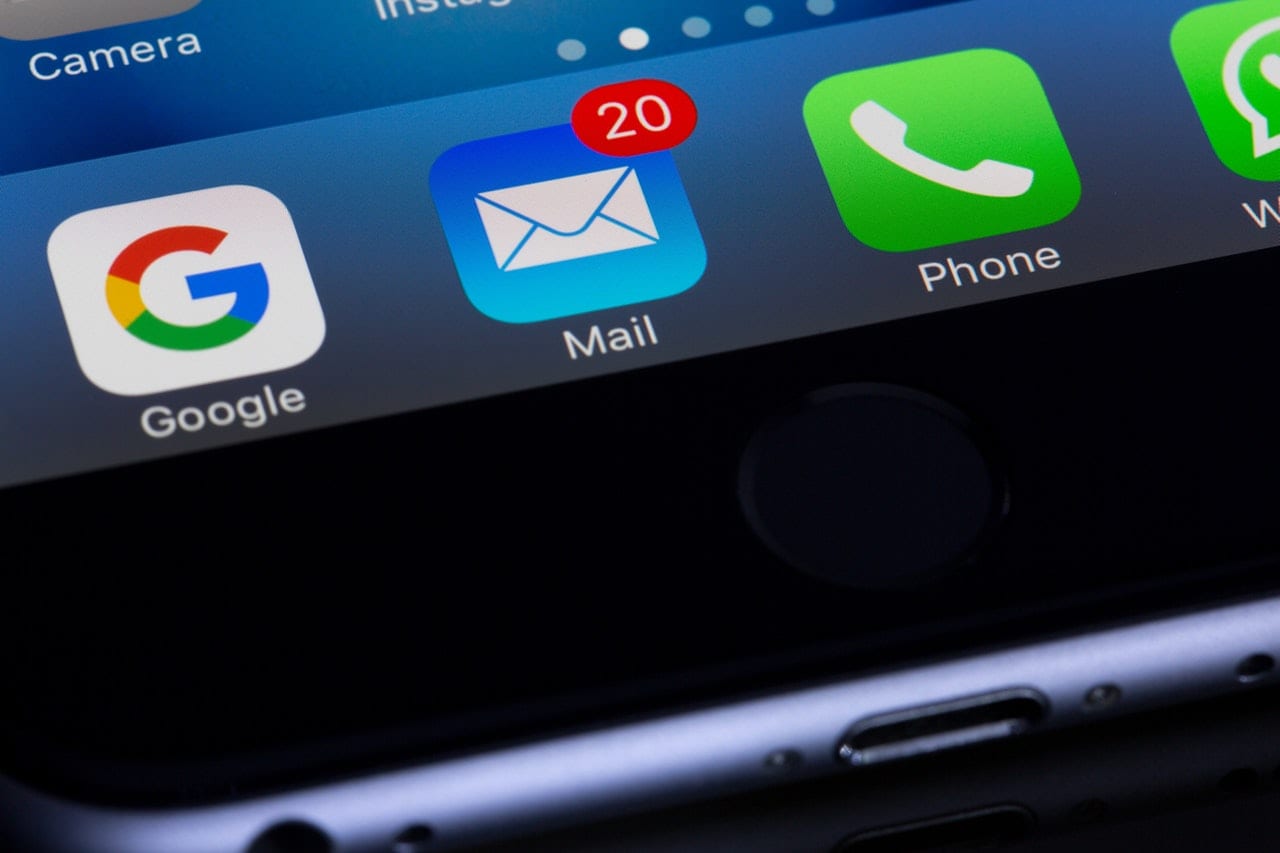
Businesses have, in the last couple of years, become increasingly digital. At the onset of the global pandemic, many business owners quickly realized the value of utilizing fully integrated digital systems.
As businesses grow, so does the technology that helps to fuel their expansion.
But, again, the narrative here speaks for itself. The more businesses require the right set of digital tools to help them remain relevant in a highly competitive market; the quicker certain technologies will be developed to help cope with the increasing demand.
One specific category of tech tools that have genuinely captivated and helped advance how businesses interact and connect with their clients is financial technology or fintech.
Experts have found that fintech now encompasses more than the traditional applications and products it was initially designed for.
Fintech has become a key player in the overall success of small b businesses against the backdrop of an increasingly competitive marketplace and how they can successfully organize their finances.
In a Forbes Advisor article, journalists covering the topic suggest that fintech refers to as “platforms enabling run-of-the-mill tasks like depositing checks, moving money between accounts, paying bills or applying for financial aid. However, they also facilitate technically complex concepts, including peer-to-peer lending and crypto exchanges.”
Tools and apps help to enhance the digital financial experience.
Today, it’s clear how these tools and applications have helped to enhance the digital financial experience for billions of consumers. And research shows just how quickly fintech has been adopted across consumer markets.
In 2019, around 64% of the global population was using fintech applications, according to an Ernst & Young Global FinTech Adoption Index Report. The same report found that back in 2015, roughly 16% of global consumers were using fintech-based technologies. Today, 3 in 4 consumers use digital money and online payment solutions.
With the growing digital population, and the developing world rapidly coming online in droves, fintech will help catapult both consumers and small businesses into the next generation of technology and digital mobility.
Slow Digital Adoption
Despite the positive growth the fintech industry has experienced in the last couple of years, mainly during the height of the pandemic, research by the Center for Financial Inclusion showed that some small businesses have been slow in transitioning to digital.
In countries such as India, Indonesia, and Nigeria, small and medium enterprises have been slow to adopt essential digital and fintech tools. Across some countries, such as India, there has even been a decline in recent years towards digital adoption.
Are you educated enough to see the vast span of technologies in fintech?
The issue with the slower adoption of fintech and other tech-related products or services is that small business owners are not aware or educated enough of the potential these technologies can bring to their businesses.
Additionally, many small business owners are unsuccessful in implementing the right set of tools due to a lack of digital literacy or financial challenges restraining them.
While there is proof that some small businesses have been actively working to improve their adoption and utilization capabilities of fintech tools, there’s still a lot that business owners will need to learn in terms of how these tools work and how much of a facet they can become for their business.
Fintech as an Inclusive Industry for Growth
As more and more people come online, whether, through mobile devices, or the transition into the virtual workplace, small businesses will need to start looking at ways to tap deeper into the pockets of financial technology.
There are many ways to enhance and improve their business activities, simply by looking towards tech and software for the answer.
Although it’s not an easy task, as not all small businesses are in the same financial position to opt-in on high-tech payment and banking tools, owners and entrepreneurs should remain open to the growing market of opportunities that await them.
Going forward, there will still be an immense amount of challenges that small and medium business owners face outside of their traditional operational problems.
The fast pace of the digital economy needs resources to take off.
The digital economy is only starting to take off, but at a rapid pace, and unfortunately, those with limited access to resources and related tools will be left behind. Therefore, it’s important for the industry – fintech – to look towards broadening its efforts to become more inclusive in financial and social dynamics.
For small business owners, it’s essential to look at ways in which they can create more opportunities for improvement, both within their businesses and for those who are only now learning to adapt.
Through a more community-driven approach, it’s possible that small business owners, regardless of their level of digital literacy, or access to high-end fintech tools, will learn new ways to become more resilient in the face of economic uncertainty and find technological tools that can help with small business protection.
Tapping into the Opportunities Provided by FinTech
To make better sense of the economic pyramid, which sees a slew of consumers and small business owners at its base adopting digital payment tools, we can take a closer look at how small and medium-sized businesses can start tapping into these opportunities.
Digital Payments
Digital payments are perhaps one of the most essential and biggest buckets captured under the umbrella of fintech. Research by the World Bank found that roughly two-thirds of adults now make or receive digital payments. Moreover, in the last couple of years, digital payments have become the go-to for many consumers, both sending and receiving payments.
For small businesses, accepting digital payments puts them in a position where they can serve more customers, both in-store and online, through digital payment options. As a result, digital payments have become a safer and more suitable replacement for many small businesses looking to grow their client base but also pivot towards the future of successful business innovation.
Above and beyond is the notion of how digital payments have helped to increase efficiency among team members and to help narrow the digital gap between the consumer and the business.
Digital Lending
On the opposite side of digital payments is the captivating innovation of digital lending. While the concept is still somewhat new in terms of what it is and how it will work, some businesses, more so those in the financial services sector, have already seen significant growth in consumer usability for digital lending.
Digital lending can help speed up the process, help banks make more accurate decisions, and help both parties to seamlessly collect and compile information or data more quickly.
Between March 2020 and late 2021, commercial banks in the United States saw a surge of 34% in deposits from corporate clients due to the ongoing pandemic at the time. What this means for businesses, both small and corporate-sized, is that the lending and borrowing process is becoming more streamlined and less complicated altogether.
WealthTech
Wealtech is a category frequented by individuals and small businesses looking for simplified and convenient ways to help them manage their money and savings.
Perhaps the most common feature of wealtech is robo-advisors, which in recent years have become a significant player in the world of investing and trading on the public market. It’s all part of the simple tasks businesses can now fully automate with the help of technology, the internet, and other software-based tools.
Besides this, wealthtech branches into the world of small-medium enterprises (SMEs) to help business owners better control their cash flows and help build a safety net of savings in case of any sudden economic downturn.
This could mean that wealthtech tools and platforms can help business owners generate more micro-investments and build their understanding of digital brokerage applications. Digital wealtech has not yet been fully explored by businesses or their owners, but it does carry the potential to become an important facet of business in the coming years.
Digital Capital Raising
For business owners taking a step towards expansion, digital capital raising has become the best way to help deploy your business into the minds of potential investors and stakeholders.
Transformative digital tools have now enabled many business owners to become more connected with investors. Digital capital raising has plenty of perks, and there are different ways in which business owners can leverage the possibilities to help expand their ventures.
Today, business owners can share insightful information with investors faster and more seamlessly. Financial contributions can be in the form of fiat currencies or digital currencies through the use of the blockchain. In addition, rewards and interests can now be transferred to clients and investors via the internet or digital platforms.
Whatever it may be, the growth potential isn’t limited only to a few online services but also to how it can become a financial asset to the business. As a result, digital capital raising can become part of the broader business map that can help business owners find a suitable path for their business.
Digital Custody
Businesses and organizations often have to deal with a slew of legal and custodial regulations related to the ownership of financial assets held within the business. And while these regulations are all argumentative, the need for more digital custody could be the key driver to helping businesses unlock the potential of the digital economy.
While there are many different branches of digital custody, it’s often closely tied to the ownership of traditional financial assets, where a custodian will take responsibility for securing investors’ assets.
For small businesses, digital custody could mean that financial assets can be transferred between owners, investors, or stakeholders. It also helps make these financial assets more accessible by helping business owners tap into the growing market of cryptocurrencies.
Digital custody comes with its own set of challenges and will need to be explored further in the coming years. However, despite the burdens, digital custody is already proving itself a valuable asset for many business owners.
Final Thoughts
Although fintech encompasses a broad spectrum of categories, the growing need for digital innovation in the financial services sector has only meant that small businesses can now benefit from the key facets brought on by fintech.
As the world becomes increasingly digital, business owners will help to find that fintech solutions are not only an advanced alternative but also a financially sustainable solution for their businesses and their customers.
There is a lot that business owners can do to improve their experience and assist those that have limited access to the right tools and resources. However, some of these challenges may require that business owners look towards a more community-driven approach to mitigate high levels of digital illiteracy among owners, entrepreneurs, and consumers.
The bottom line is that businesses need financial technology, not just from an operational point of view but also in terms of how the business can grow, expand and play a key role in its marketplace.
Best Ways Small Businesses Can Tap Fintech Opportunities was originally published on Calendar.com on Sept. 27, 2022, by Carma Khatib. Featured Image: Nappy; Pexels.com. Thank you!









